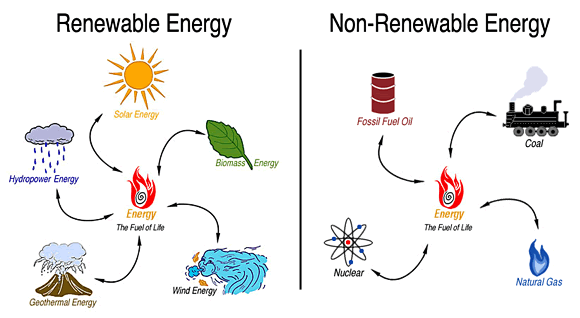WiiFlow 4 The Masterpiece Pack. For proper function of Wii games and Homebrew apps: Make sure your Wii is properly modded and use ModMii to make your IOS/cIOS. Wii homebrew app pack download. List of homebrew applications. From WiiBrew. Download and insert DLC/HDLC to savegame file for Animal Crossing Wii game. Google maps like app PaulWagener: Wii.
Non Conventional sources of energy are generally renewable sources of energy. This type of energy sources include anything, which provides power that can be replenished with increasing demand for energy and with fast depleting conventional sources of energy such as coal, petroleum, 'natural gas etc. The non- conventional sources of energy such as energy from sun, wind, biomass, tidal energy, geo thermal energy and even energy from waste material are gaining importance. This energy is abundant, renewable, pollution free and eco-friendly. It can also be more conveniently supplied to urban, rural and even remote areas. Thus, it is also capable of solving the twin problems of energy supply in a decentralized manner and helping in sustaining cleaner environment. However, the importance of the renewable energy or non-conventional sources of energy was recognised in the early 1970s.

Fossil fuel based systems. Vijay tv serials today episodes. Impact of fossil fuel based systems. Non-conventional energy – Seasonal variations and availability. Renewable energy – sources and features. Hybrid energy systems Distributed energy systems and dispersed generation (DG) Module 2: Traditional Energy Systems (3) Sources. Features and characteristics. NON-CONVENTIONAL ENERGY SOURCES (10ME754) Department of ME, ACE. Unit-1 Introduction The word ‗energy‘ itself is derived from the Greek word. When one notes that oil provides about 30% of the world‘s need for.
But now, it has been accepted that renewable energy resources can provide the basis for sustainable development. During the past quarter century, a variety of renewable energy technologies have been developed and deployed in villages and cities. In India, a separate Ministry of Non-conventional source of energy has been created for planning, promoting and coordinating relating to all aspects of renewable energy resources. India today has one of the largest programmes for non- conventional sources of energy. According to energy experts, India's non-conventional energy potential is estimated at about 1, 95000 mw.

An estimate of 31 percent of this potential comes from the Sun, 30% from ocean thermal, 26% from bio-fuel and 13% from wind. During the last two decades, several renewable energy technologies have been developed and deployed in villages and cities.
However, the major non-conventional energy sources that are being used for power generation are: (i) Solar Energy: Sun is the source of ail energy on the earth and most parts of our country have bright sun throughout the years except a brief monsoon period. According to an estimate, India receives solar energy equivalent to-over 5000 trillion kHz per year which is far more that the total energy consumption of the country.
The exploitation of this vast solar energy can be done through both the thermal and photovoltaic routes for a variety of applications like cooking, water heating, drying of farm produce, water pumping, home and street lighting, power generation for meeting requirements in villages, schools, hospitals etc. For this purpose, various solar water heaters and dryers, solar cooker and solar photovoltaic cell have been developed. Solar photovoltaic technology enables direct conversion of sun light into electricity without causing pollution. (ii) Wind Energy: Wind is another important source of non-conventional energy.
Latest Pages
- Anno 1503 Download Vollversion Kostenlos Deutsch
- Kasauti Zindagi Ki Serial Background Music
- Grafik Provetrivaniya V Detskom Sadu Po Sanpin Obrazec
- The Office Season 4 Torrent Kat
- Solevaya Video Torrent
- Download Andres Segovia Asturias Pdf Free
- Bosch Battery Tester Bat 121 Manual Arts
- Amerikanskie Pevci 70 80
- Audiorealism Drum Machine Crack
- Download Wondershare Mobiletrans Full Cracked
- Download Naruto Shippuden Episode 200 Subtitle Indonesia Mp44776514